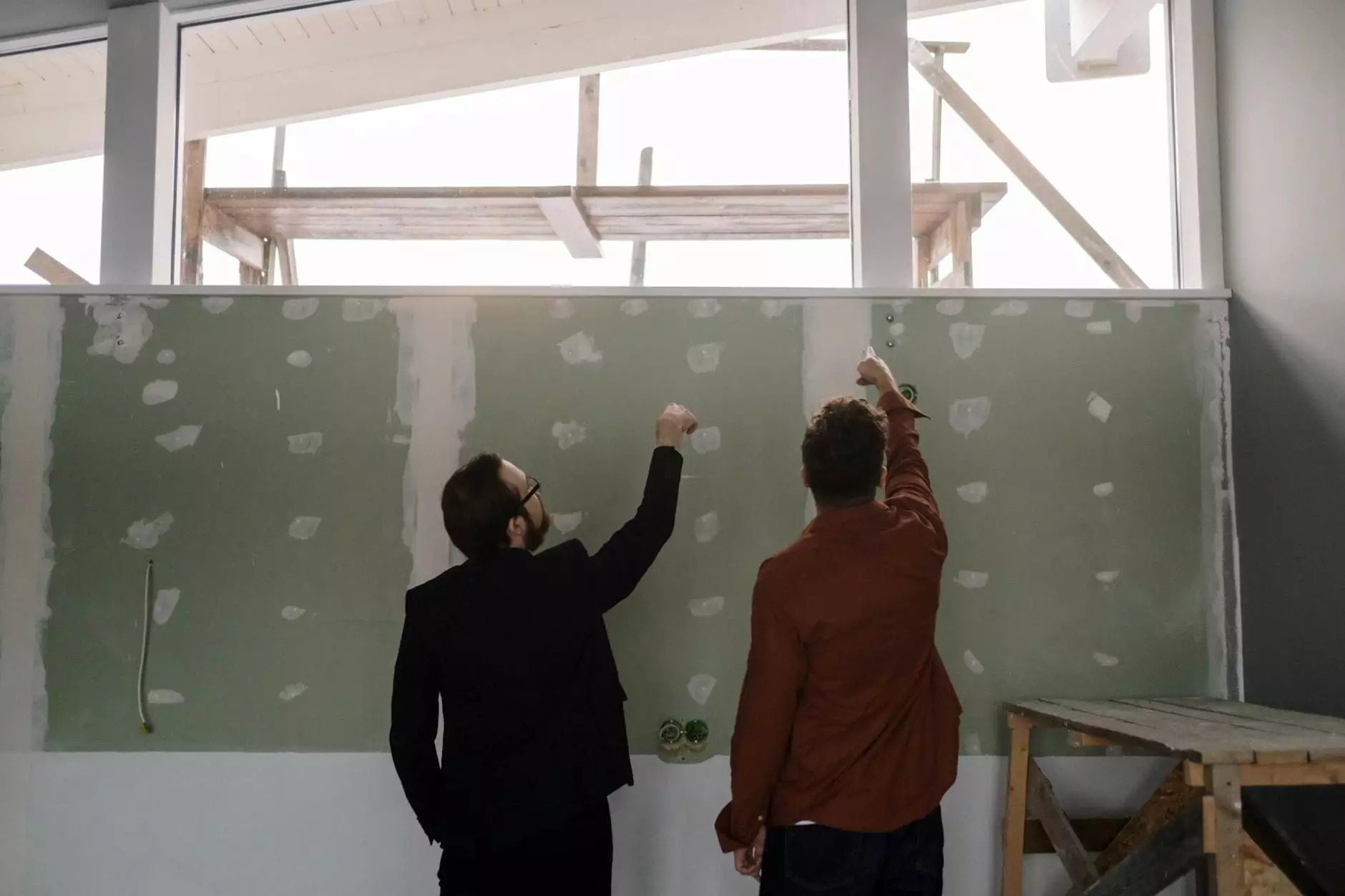Architectural Modeling: A Key to Success for Architects

Introduction
Architectural modeling is a powerful tool that plays a crucial role in the success of architects. By creating accurate and realistic models of their designs, architects can effectively communicate their vision, make informed decisions, and win clients. In this article, we will dive deep into the world of architectural modeling and explore its various benefits, techniques, and impact on the architectural industry.
Understanding Architectural Modeling
Architectural modeling refers to the process of creating physical or digital representations of architectural designs. These models are meticulously crafted to showcase the spatial relationship, proportions, and aesthetic elements of the proposed structures. By visualizing the designs in three dimensions, architects can better communicate their ideas to clients, contractors, and stakeholders.
Architectural modeling can take various forms, including:
- Physical models made from materials like wood, plastic, or foam.
- Computer-generated 3D models created using specialized software.
- Virtual reality (VR) models that allow clients to experience the design in an immersive digital environment.
Each type of architectural model has its own unique advantages, and architects often choose the most suitable method based on project requirements, budget, and client preferences.
The Benefits of Architectural Modeling
Architectural modeling offers numerous benefits for architects, clients, and the industry as a whole. Let's explore some of the key advantages:
1. Visualization and Communication
Architectural models provide a tangible representation of the design concept, enabling clients to visualize the end result more effectively than through 2D drawings or verbal descriptions. These models serve as powerful communication tools, bridging the gap between the architect's vision and the client's understanding. With clear visualizations, clients can provide feedback, offer suggestions, and make informed decisions, leading to a smoother design process.
2. Design Evaluation and Refinement
Architectural models allow architects to evaluate their designs from various perspectives, ensuring that all aspects are carefully considered. By physically interacting with the models, architects can identify potential flaws, test different design elements, and make necessary refinements. This iterative process aids in achieving optimal design solutions, enhancing the overall quality of the final structure.
3. Client Engagement and Trust Building
Presenting clients with detailed and visually appealing architectural models demonstrates professionalism and expertise. It instills a sense of confidence and trust in both the architect's abilities and the proposed design. By involving clients in the modeling process, architects can foster better engagement, collaboration, and satisfaction. Clients feel valued and become more actively involved in shaping their dream projects.
4. Bidding and Marketing Advantage
In the competitive world of architecture, standing out from the crowd is essential. Architectural models act as persuasive marketing tools, helping architects differentiate themselves and win projects. Clients are more likely to choose architects who can effectively showcase their designs and highlight the unique selling points of their proposals. Stunning architectural models make a lasting impression, increasing the chances of success in the bidding process.
5. Cost and Time Efficiency
While architectural modeling does require an initial investment of time and resources, it ultimately saves costs and time in the long run. By identifying design issues early on through the modeling process, architects can minimize expensive changes during construction. Moreover, well-communicated and thoroughly refined designs reduce the likelihood of misunderstandings, change orders, and delays. The use of digital models also facilitates easy modifications, ensuring greater efficiency in design development.
Architectural Modeling Techniques
Architects employ various techniques to create stunning architectural models. Let's explore some of the commonly used methods:
1. Hand-Crafted Models
Hand-crafted models involve the skillful use of traditional craftsmanship techniques. Architects use materials like wood, foam, cardstock, and plastics to bring their designs to life. This technique requires precision, patience, and attention to detail, resulting in unique and visually captivating models.
2. 3D Printing
3D printing has revolutionized architectural modeling, enabling architects to transform digital designs into physical objects. Using specialized software, architects create intricate 3D models that are then printed layer by layer using various materials. This technique offers unmatched precision, speed, and repeatability, making it a popular choice among architects.
3. Computer-Aided Design (CAD)
CAD software, such as AutoCAD and SketchUp, allows architects to create detailed and accurate digital models. Architects can easily modify designs, test different materials, and experiment with lighting and textures. These digital models can be rendered into high-quality visualizations, offering photorealistic representations of the proposed structures.
4. Virtual Reality (VR)
VR technology extends the possibilities of architectural modeling by immersing clients in virtual environments. Architects can create interactive VR models that clients can explore using VR headsets. This technique provides a truly immersive experience, allowing clients to walk through spaces, visualizing the finer details and experiencing the scale and ambiance of the design.
Impact of Architectural Modeling on the Industry
Architectural modeling has revolutionized the way architects approach their projects, transforming the architectural industry as a whole. Let's explore the key impacts:
1. Enhanced Collaboration and Client Involvement
Architectural models promote collaboration between architects, clients, consultants, and other stakeholders. By involving clients in the modeling process, architects can integrate their feedback and preferences more effectively. This collaborative approach leads to better-designed spaces that align with the client's vision, resulting in higher client satisfaction rates.
2. Streamlined Design Process
The use of architectural models streamlines the design process, reducing errors and inefficiencies. By catching design flaws and discrepancies early on, architects can rectify issues before construction begins, saving both time and resources. The detailed visualizations and accurate measurements provided by models also assist contractors, ensuring smooth execution of the construction phase.
3. Architectural Education and Training
Architectural modeling plays a vital role in education and training programs for aspiring architects. Students learn critical thinking and problem-solving skills by crafting physical and digital models. These models serve as effective teaching tools, helping students understand architectural principles, spatial relationships, and design concepts more intuitively.
4. Sustainable Design and Resource Optimization
Architectural modeling allows architects to explore sustainable design strategies more effectively. By analyzing models and conducting simulations, architects can optimize energy usage, daylighting, and material selection. This holistic approach enhances the sustainability and efficiency of buildings, minimizing their environmental impact.
5. Architectural Preservation and Historical Restoration
In the realm of architectural preservation and historical restoration, architectural models are indispensable. They aid in the accurate documentation, analysis, and replication of heritage buildings. Models enable architects to study the original structures in detail and plan restoration projects with precision, ensuring the preservation of cultural heritage.
Conclusion
Architectural modeling is an essential tool for architects to effectively communicate their designs, win clients, and achieve success in the competitive architectural industry. By harnessing the power of physical and digital models, architects can create immersive visualizations, refine their designs, and inspire their clients. The impact of architectural modeling extends beyond individual projects, transforming collaboration, design processes, education, and sustainability within the industry. Embracing architectural modeling opens up new possibilities for architects to reach greater heights and leave a lasting mark on the built environment.








